Tasty Pedals made by Friedman
Friedman are renowned for delivering the tone and feel of hot-rodded vintage British amps, refined to perfection by Dave Friedman. Hand-built in the USA, their amplifiers and pedals capture that rich, harmonically complex sound that defined classic rock, while offering modern reliability and versatility. From the legendary BE-100 head to the Dirty Shirley and Small Box, every Friedman product is crafted for players who demand boutique quality, powerful tone, and road-ready performance.
Just Pedal Ingredients.
10. Grid. PedalBoard — A pedalboard is the foundation of any organised effects setup, providing a stable surface to mount and power your pedals. It keeps everything neat, secure, and easy to transport, with tidy cable management and a single power supply to reduce noise and clutter. Whether you’re running a small setup with a few essentials or a large rig full of modulation, delay, and drive pedals, a well-built pedalboard helps you focus on playing rather than fumbling with cables.
Good pedalboards are lightweight yet sturdy, often made from aluminium with cutouts for cables and power leads. Many come with soft or hard cases for safe travel between gigs. Choosing the right layout makes a big difference — it’s all about balancing accessibility, signal flow, and power needs. A properly planned pedalboard not only protects your gear but also makes your setup faster, quieter, and more reliable wherever you play.. Platinum. Power — In the world of guitar effects pedals, power is the vital lifeblood that brings each stompbox to life. A reliable power supply provides the energy required for pedals to activate their circuits, shape and process audio signals, and deliver the tones players rely on. Just as with any electronic system, stable power ensures consistent performance, free from unwanted noise or signal dropouts. For portable setups, power supplies also support battery charging and storage, keeping rigs flexible and ready for use anywhere. Ultimately, a good power source is fundamental to a pedalboard’s functionality, ensuring every effect operates as intended and allowing guitarists to explore their full creative potential.. Pro. Tour.
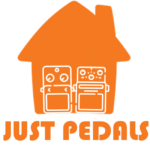
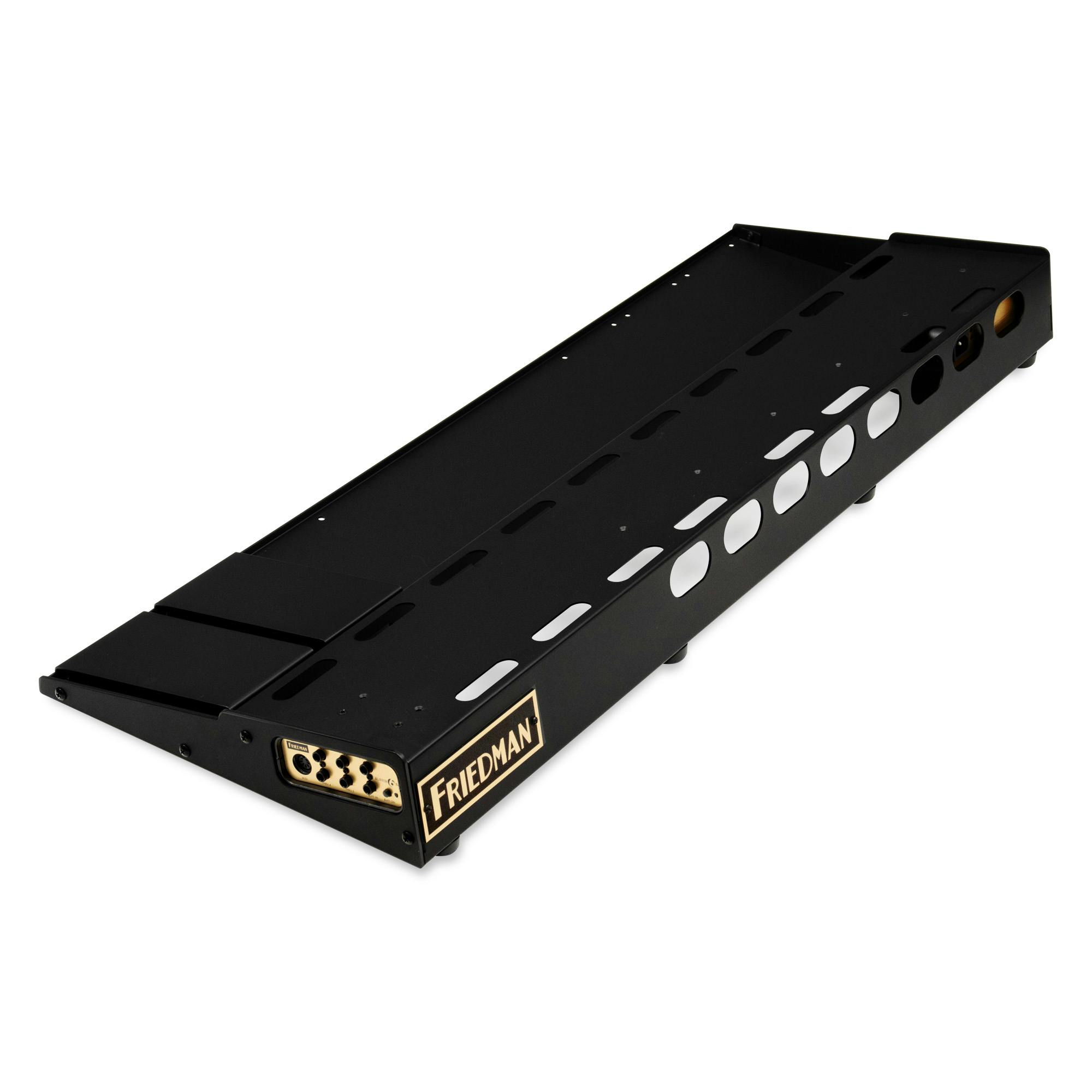
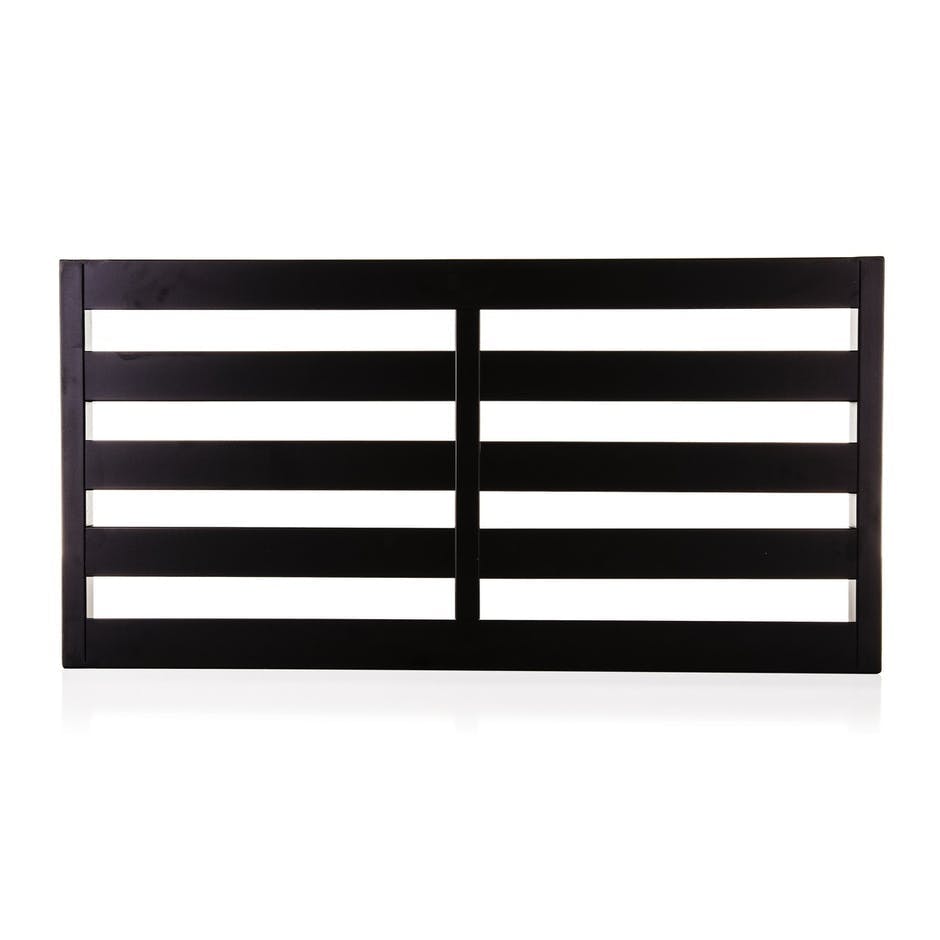
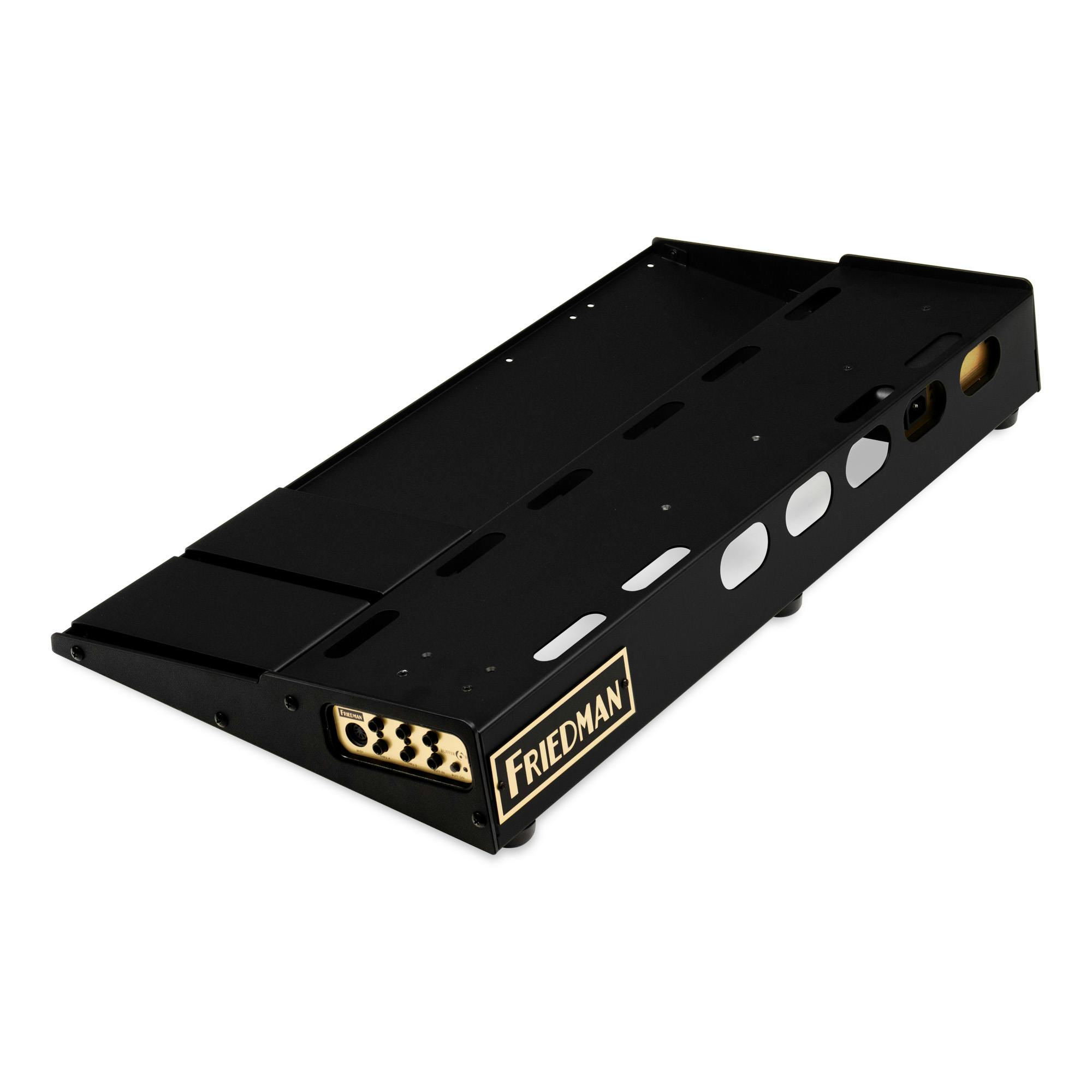
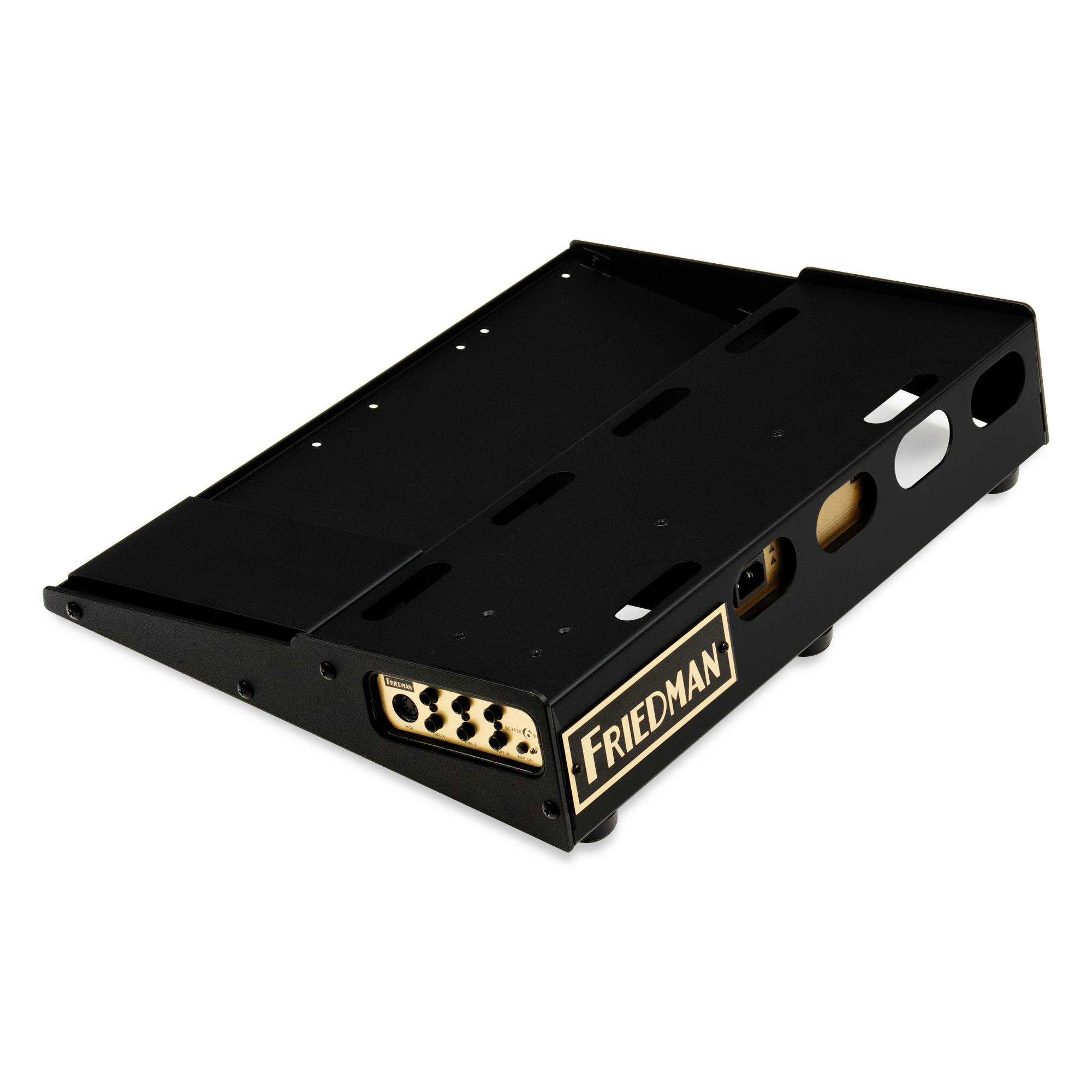
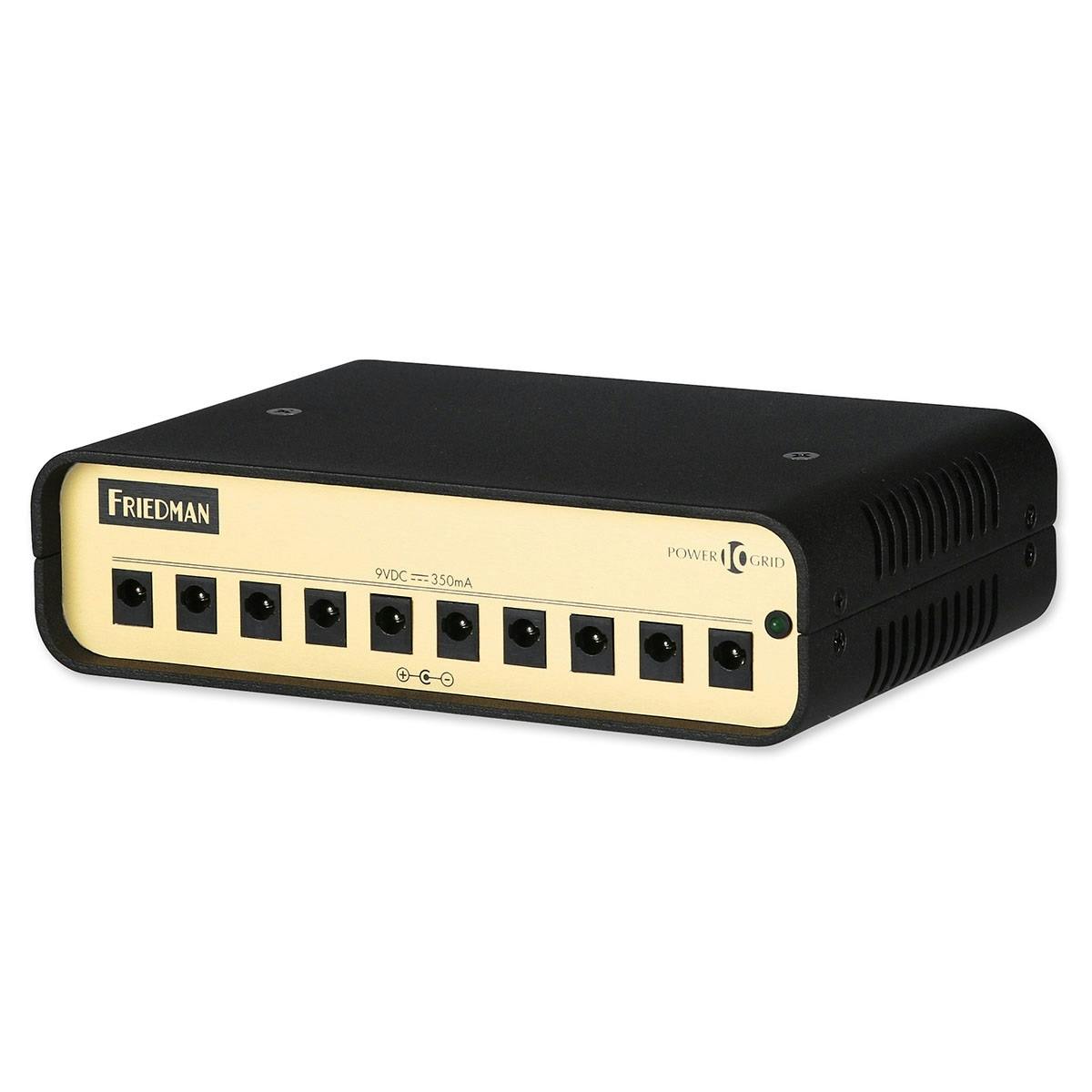
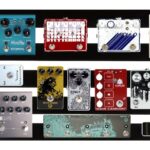
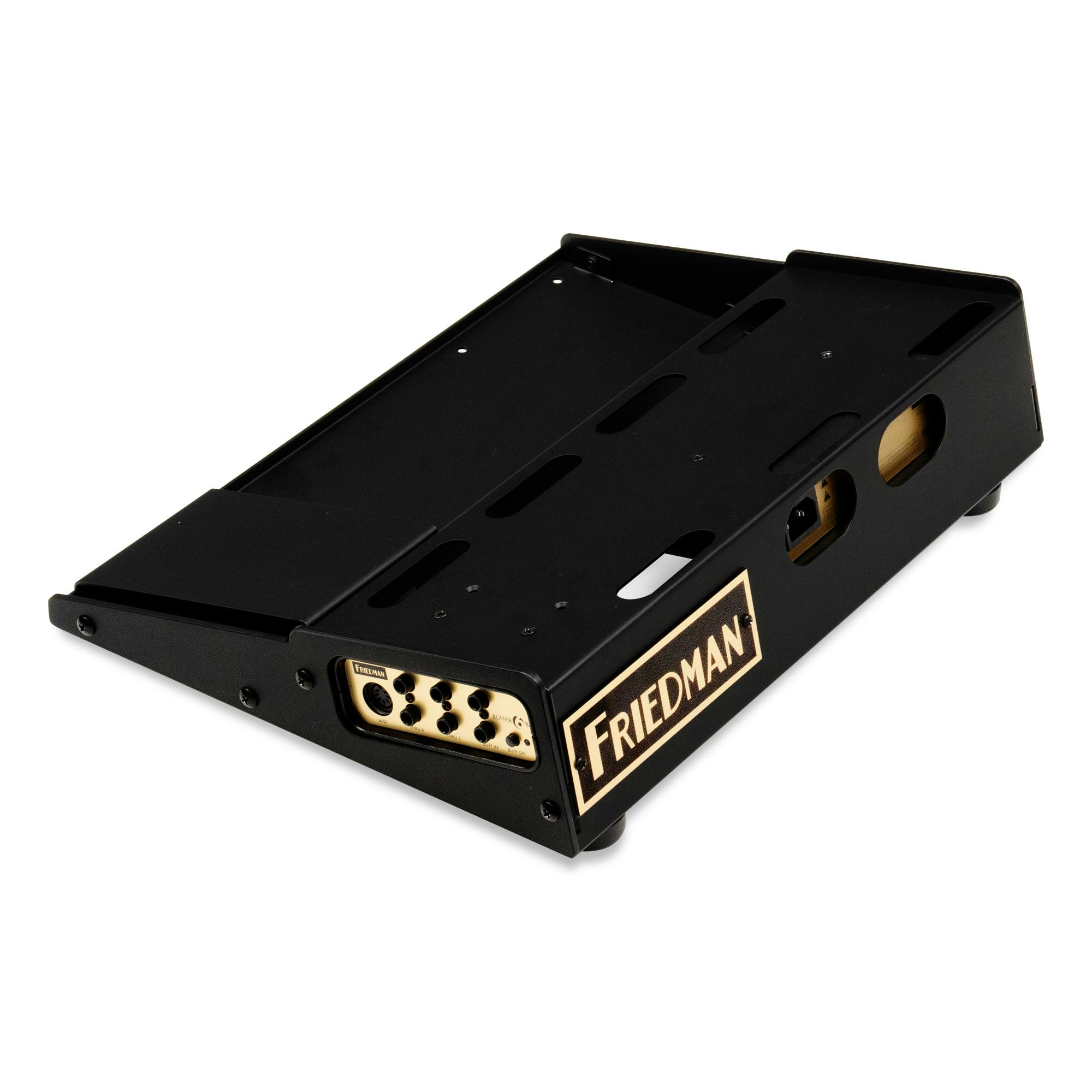

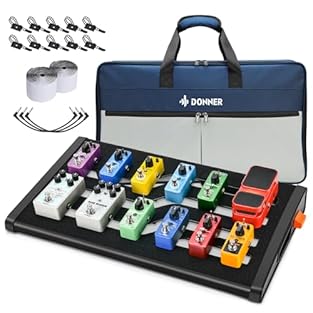

![[Effortless Power, Superior Tone] Vangoa PD-XL Pedal board built-in isolated power supply ensures clean, reliable noise-free power for unmatched audio quality. Featuring 12 upgraded outputs (500mA each, 9V/12V/18V selectable), the extended guitar ped...](https://m.media-amazon.com/images/I/41Md6IPtSlL._SL313_.jpg)
